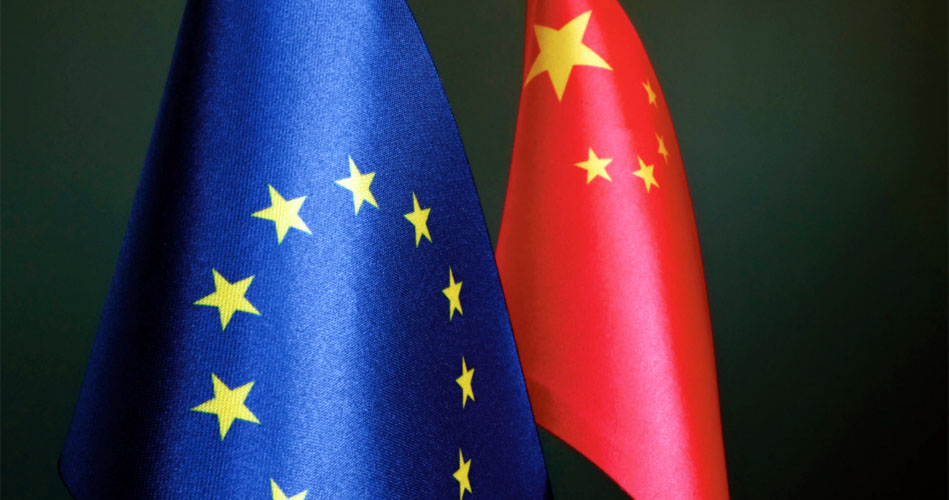European stocks with significant exposure to China continue to face substantial pressure despite recent stimulus measures introduced by the Chinese government. This ongoing strain is primarily due to the limited effectiveness of these measures in generating substantial economic benefits for European companies. The Chinese government has announced additional monetary easing and capital injections aimed at stabilizing its economy. However, these efforts have been deemed insufficient by market analysts and financial strategists.
The recent stimulus package from China includes measures such as lowering borrowing costs and injecting more liquidity into the financial system. The People’s Bank of China has reduced the reserve requirement ratio by 50 basis points and cut the rate on seven-day reverse repos by 20 basis points to 1.50 percent. Additionally, the rate on the one-year medium-term lending facility has been reduced by 30 basis points. These steps are intended to free up more money for lending and support the stable development of the stock market. Despite these efforts, the impact on European stocks with exposure to China has been minimal.
Companies such as BHP, Rio Tinto, Schindler, and Kone, which have significant exposure to China’s real estate market, have seen limited benefits from the recent stimulus measures. The Chinese property sector, which is a major driver of demand for these companies, continues to face deep structural challenges, including excess capacity and overbuilt real estate. These issues have constrained the recovery of the sector, limiting the positive impact of the stimulus measures on European companies.
The luxury goods sector, which includes companies like LVMH, Kering, and Richemont, has also been affected. Despite a modest rebound in China-exposed stocks in Europe, with a 4% increase over the past week, analysts remain cautious about the sustainability of this recovery. The broader impact on sectors such as luxury goods, semiconductors, and chemicals is expected to be limited, as the current measures are seen as iterative rather than transformative.
The Chinese economy faces significant headwinds, including a lack of substantial fiscal stimulus and continued government pressure on parts of the private sector. These factors have contributed to the underperformance of China-exposed stocks in Europe, which have lagged behind other sectors by 12% over the past two months. In contrast, European consumer stocks have outperformed, driven by high COVID-19 savings, improving real incomes, and sensitivity to interest rates, particularly in the UK and Scandinavia.
Despite the recent stimulus measures, the Chinese economy’s deep structural challenges continue to weigh on growth. The excess capacity and overbuilt real estate sector remain significant obstacles to a more meaningful recovery. As a result, the benefits to European companies are expected to be modest and fleeting. Analysts advise caution when considering investments in China-exposed stocks, given the ongoing uncertainties and limited effectiveness of the recent stimulus measures.
In conclusion, while the Chinese government’s recent stimulus measures have provided some short-term relief, the long-term outlook for European stocks with exposure to China remains uncertain. The deep structural challenges facing the Chinese economy, combined with the limited effectiveness of the current measures, suggest that the pressure on these stocks is likely to continue. Investors should remain cautious and consider the broader economic context when making investment decisions in this sector.
